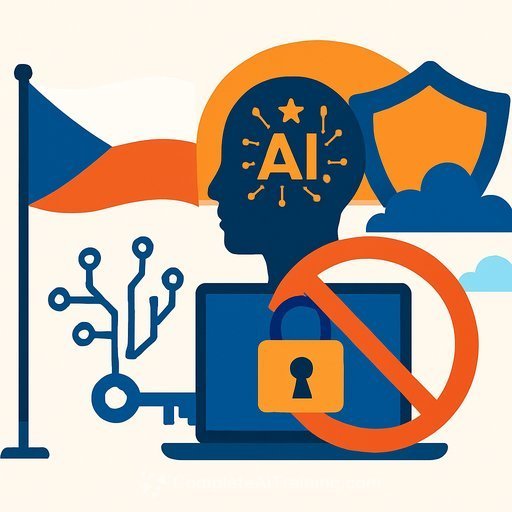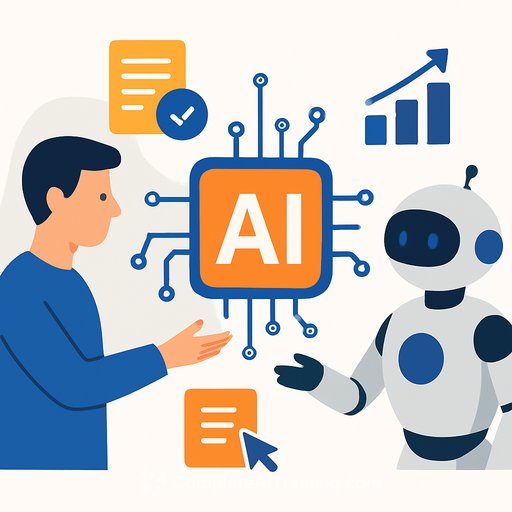China's new AI guidance for local governments: use it, protect secrets, keep it practical
China's top internet and planning agencies have issued new rules on how local governments can use AI. The message is clear: apply AI to improve service delivery and internal efficiency, but do not expose sensitive data or chase technology for its own sake.
Key rule: AI may assist government work. It must not access state secrets, and must operate within strict boundaries and oversight.
Where AI can help right now
- Public service: online consultations to answer routine questions.
- Infrastructure: drones and cameras to spot decay and maintenance risks.
- Back office: drafting documents, research support, and form completion.
- Big data uses: policy evaluation, natural disaster alerts, and emergency planning.
Guardrails you must have in place
- Data protection: Safeguard personal information. Do not feed sensitive data into training sets.
- State secrets: Models and tools must be segmented so they can't access classified systems or content.
- Model governance: Approve, register, and monitor every model. Keep logs and audit trails.
- Pre-deployment safety checks: Conduct a complete risk and security evaluation before any system goes online.
- Human-in-the-loop: AI assists; officials decide. Keep clear role boundaries.
- Training and ethics: Train staff in AI basics, use cases, safety, security, and ethical standards.
Why this matters now
Central authorities want fewer meetings and reports and more results. Reducing burdens on grass-roots officials is seen as essential to fight corruption and support economic recovery.
The guidance also warns against a "blind pursuit of technological superiority and conceptual innovation." AI is a tool, not a headline.
Early local results
- Henan (Xinxiang): document drafting efficiency up 40%, errors down 85% after applying AI support.
- Jiangsu (Kunshan): traffic bureau used DeepSeek to predict congestion and issue early warnings.
- Shandong (Jimo): AI analysis of public opinion helped time interventions to prevent disputes from escalating.
Leadership signal
The guidance echoes comments by President Xi Jinping, who criticized local governments for following trend labels instead of building real strengths: "When they come up with new projects, it's usually the same: AI, logarithms, new energy vehicles. Does it mean all the provinces need to develop such industries?"
Implementation checklist for agency leaders
- Define 3-5 high-impact, low-risk use cases (service queries, drafting, maintenance detection).
- Classify data and isolate anything sensitive. Set redlines for training and inference.
- Select models by risk level: offline/local for sensitive tasks; vetted cloud tools for low-risk tasks.
- Stand up an approval process, audit logging, and incident response for AI systems.
- Run a formal safety evaluation before launch: security, bias, reliability, privacy, and misuse testing.
- Assign accountable owners for each use case. Keep humans in control of final decisions.
- Deliver targeted training to all users and administrators; refresh quarterly.
- Measure outcomes: time saved, error rates, citizen satisfaction, and compliance findings.
Policy reference and next steps
For policy context and economic planning priorities, see the National Development and Reform Commission's official resources. NDRC website
If your team needs structured upskilling on safe, effective AI use in public-sector workflows, explore focused training paths by role. Complete AI Training: Courses by Job
Bottom line
Use AI to cut low-value work, improve response times, and strengthen preparedness. Protect data, set boundaries, train your people, and keep final accountability with officials. That's how you get results without risk creep.
Your membership also unlocks:






